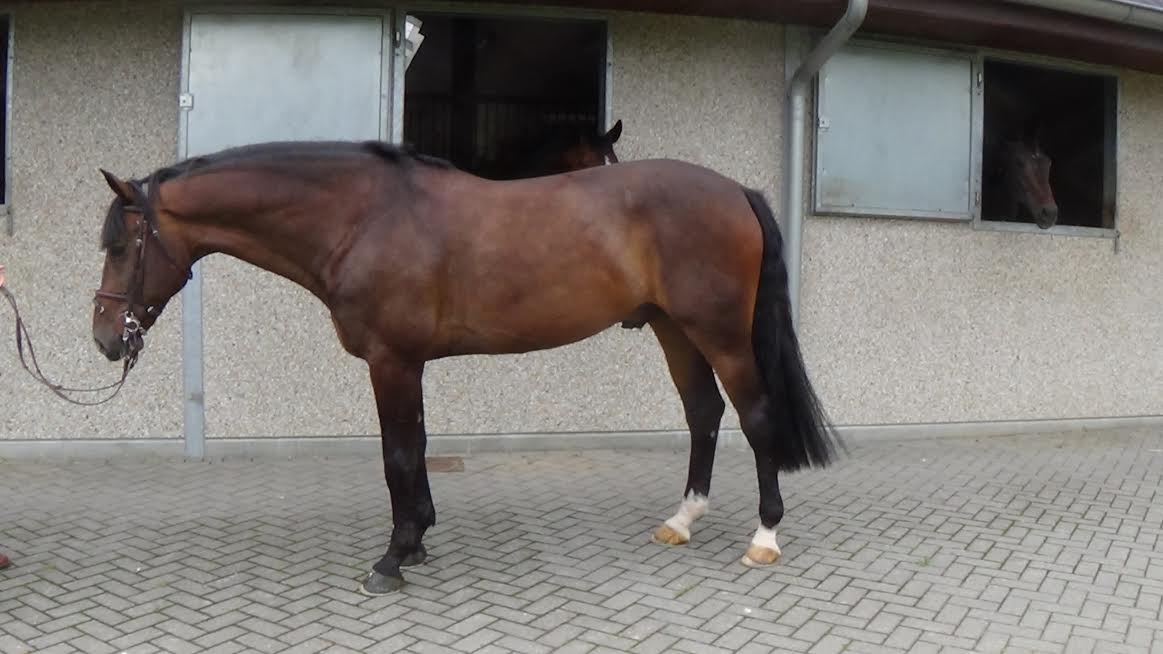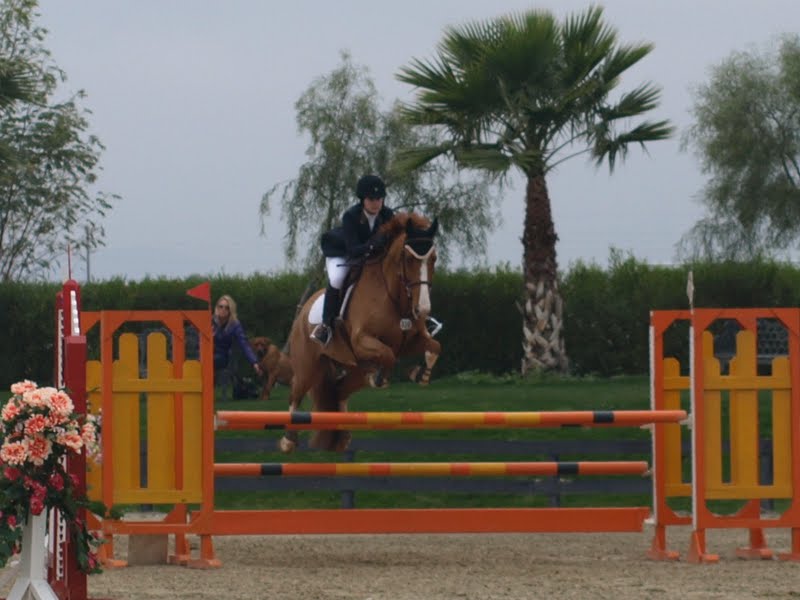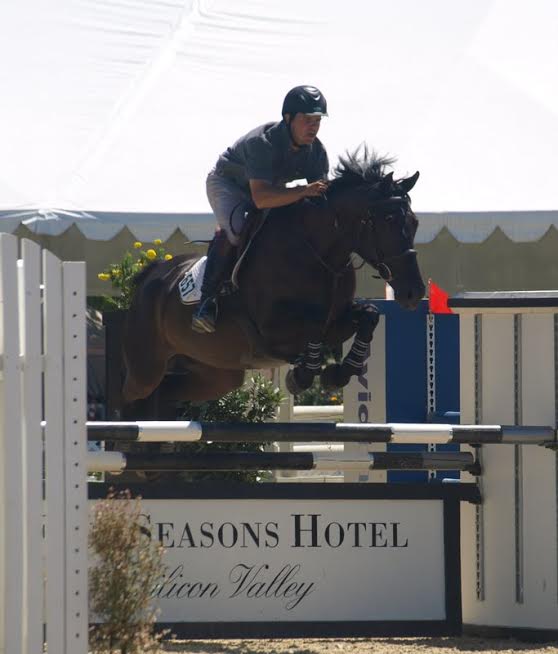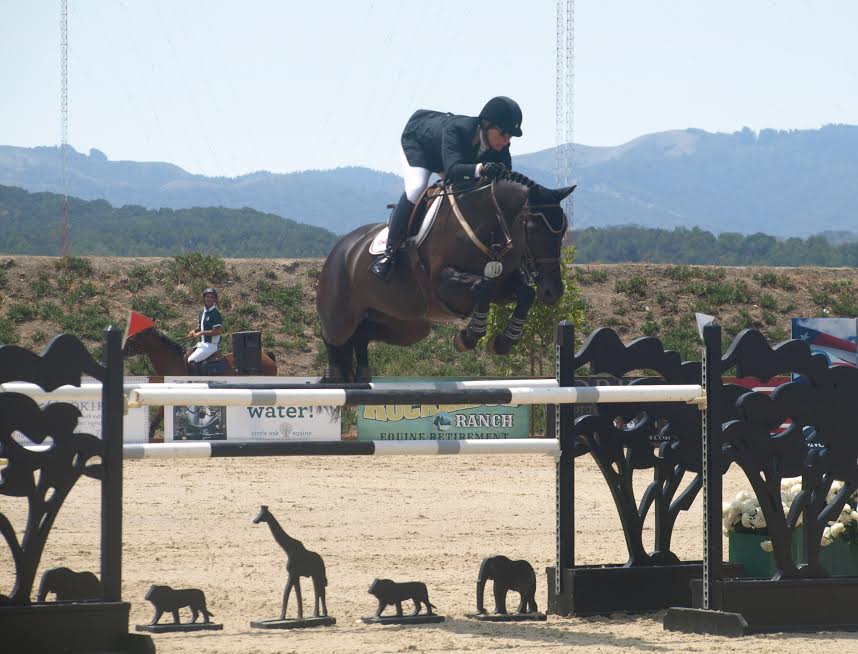
“A ProEquest trainers” perspective on finding the next Champion
Blog
“A ProEquest trainers” perspective on finding the next Champion
[[ad|nids=8340]]
(ALAMO, CA) - One of the most difficult but rewarding things that we as professionals are asked to do is find horses for our clients. Over the years Matt and I have stuck by some steadfast rules that were ingrained in us from the professionals that we trained with, and worked for, prior to starting our own business. And while we hate to admit it, trial and error has also played a huge part in creating our own priority list for choosing horses.


After a once over from the ground, we evaluate the horse under tack. It is important to us that the horse’s gaits feel the same in both directions. A horse with gaits that vary significantly from one direction to another frequently may have some sort of soundness issue regardless of whether or not it is apparent at the time of trial. Next we look for a good, natural, quality canter that has a nice, uphill balance. For us, a horse with a natural quality canter is essential. The average junior or amateur that only rides a few times a week typically does not have the strength and feel required to “create” a quality canter. A quality canter makes finding the jumps significantly easier for clients and in general is more enjoyable for the clients.

2014 CSI** 1.45 Speed, 9 yrs old Heartbreaker gelding that we imported in Oct 2011. Photo Credit: Flying Horse 14
Another key quality that we look for in a junior/amateur horse is bravery. The horse must be brave in order to best tolerate the mistakes that juniors and amateurs – and professionals! - will inevitably make. Signs that a horse is brave, vary from a general confidence in jumping spooky jumps, to a carefree attitude about different distances. From time to time you will get the luxury of trying a horse that truly measures the jumps on their own from a long way off. You can feel this horse make the adjustments on his own before you even ask. There is no better junior/amateur horse than one that has his own “eye.” Over time one develops a feel for measuring a horse’s bravery and suitability. But at the end of the day, when trying to evaluate how tolerant a horse is, it is always most helpful to be able to watch that specific person ride the horse in question.

2014 Young Riders Kentucky, 9 yrs old Famko S with owner Gabrielle Cirelli. Photo Credit @ Sportfot
In looking for jumpers, we all want a horse that is careful, so that our client can be competitive. But the degree to which a junior/amateur horse is careful is very, very important. Our ideal jumper is careful but is not “flashy.” This horse does not over jump, and for the most part he jumps in a classic but not extravagant style. We try to steer clear of horses that get nervous if they jump out of shape or rub a jump. Inevitably, we will ask these client horses to do the unthinkable and their reaction at the next jump has to brave and confident despite their past experience!

2012 SLF Bizet, 6 yrs old 1.15 with Matt Archer
Along those lines, we must always consider disposition. Just as with human athletes, horses must have a natural work ethic that gives them drive to perform and eventually to win. When trying horses, we always ask questions of them to see how they respond mentally, not just physically. Does the young horse that lacks certain knowledge of lateral work try to figure it out as you ask for it, or does he resist acquiring new knowledge? Good horses, whether they are for junior/amateurs or professionals, all have a desire to learn and eventually to win.
Last but definitely, not least, are words of wisdom that I learned from one of my predecessors. “Never think you are better or smarter than someone else!” In other words, if you walk into someone’s barn and it looks shabby and unorganized and you see a horse that looks great but lacks one thing, never believe you have the skills that the current owner lacks and that you can do a better job with that horse. While we all hope we can put the finishing touches on a horse to make them their best, you must always assume the horse you are buying is the best it will ever be. Can you live with the horse, the way it is now?
At this point, our role as the one selecting the horse is done. As agents to our clients, we must do what we can to help them make a knowledgeable decision in the purchase of this large investment. And while I explain to my clients that horses should be viewed more like cars than like homes – as depreciating assets and not appreciating assets – these horses are significant financial investments that we must approach with as much understanding and knowledge as possible.
Here is where your veterinarian comes in. Realistically, there is no perfectly sound horse out there. All horses have issues, and we must be willing to evaluate them and decide what it is that we can accept and what we cannot. For some owners/riders that have had a bad experience with front end lameness, navicular disease or side bone may be unacceptable. For others that have had past issues with hind end lameness, radiographic changes in the stifle or hock may be a deal breaker. But every trainer needs to be able to open the lines of communication between his/her vet and owner so that conversation is transparent and risks are understood and accepted when a horse is purchased.
Now the fun part…let’s go horse shopping!

2014 SLF Bizet, 8 yrs old 1.45 with Lindsay Archer
Click here to see what Lindsay & Matt Archer’s have for sale on ProEquest.
